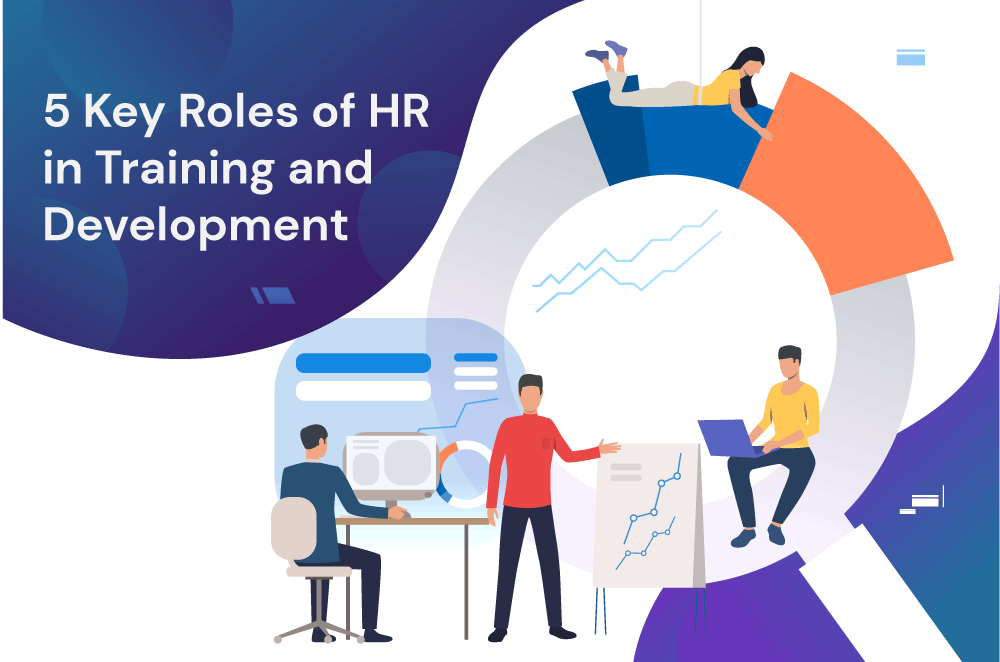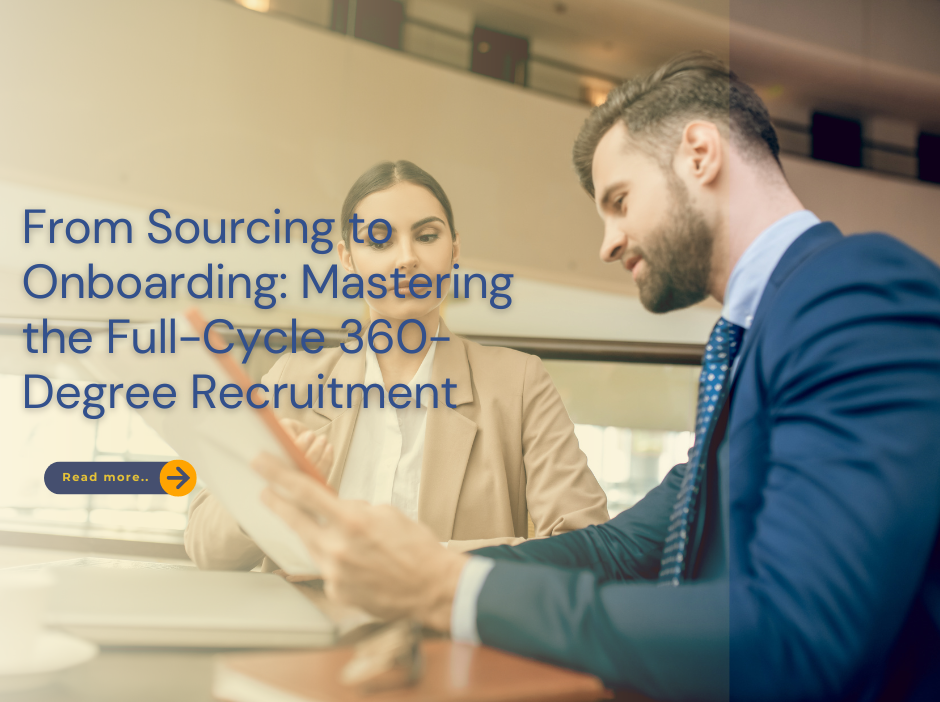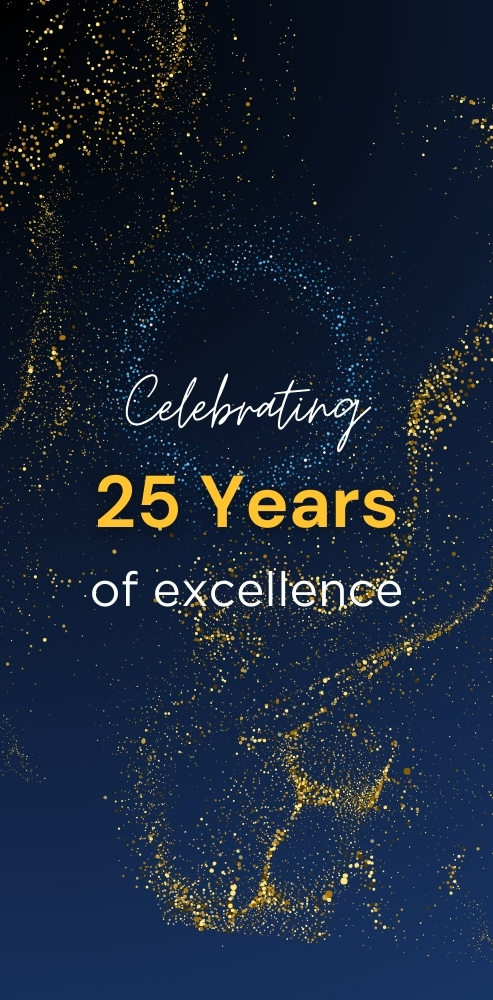Training and development is an integral part of an organization and it is one of the essential HR function development activity. The role of HR is vital for sailing the training and development process. HR is the person who believes the employees are the most valuable assets and indispensable sources of the organization. A good HR leader sees the employee’s potential and make them utilize their training hours at their fullest core. A competent HR aims to make the employees get succeed by arranging effective and efficient training programs.
The five key roles of HR in training and development:
- Connect with Employees
- Organizing an Efficient Orientation Program for New Employees
- Organizing Ongoing Training Activities
- Motivating Employee Career
- Encourage the employee development plans
Connect with Employees:
One of HR’s most remarkable qualities is recognizing employees’ individual needs and developing various programs to meet them. When HR make out the employee issues and the challenges discussed in the workplace, it makes them to feel more valued and motivated. HR analyses the skill set of the individual employee and work quality. A good learning and skill development process facilitated by HR makes sure the employees scrutinize their weaknesses and work on them to improve it to lead a better path in their workflow. This is possible only when the employees get their attention individually, HR examines every employee’s learning pace and develops various learning development programs accordingly to make them modulated to the career progress. Some of the phenomenal factor in connecting the employees are:
- Embrace connections
- Help every employee reach their goals
- Maximize employee recognition
- Encourage personal and professional growth
- Get involved in daily activities
Organizing an Efficient Orientation Program for New Employees:
A good orientation is the baseline of a successful career for employees of an organization. Training also encompasses the company’s culture and goals in which it takes out the company expectation and employees’ expectations from the company. Employees are also encouraged to involve in various hands-on learning activities and other employee training courses. On the other hand, new employees are inculcated with efficient orientation programs; this makes them feel more convenient at their job and compatible with the new work culture. Here are the component constitutes the orientation of the employee:
- Provide the employee handbook
- Go over policies
- Thoroughly explain the details of the job
- Set goals and action steps
- Clearly define overarching expectations
Organizing Ongoing Training Activities:
Generally, there is a difference between One time training and Continuous training. The primary role of HR training and development is to ensure that the employees get trained regularly to improve their skills and work attributes effectively. Activities that are enlisted to provide continuous learning are:
- Regular one-on-one meetings
- seminars, surveys
- online learning
- demonstration
- behavioural assessments
HR professionals ensure that the employees’ talent should not be a hidden pool and must organize the aforementioned activities to uncover their talent and boost their morale.
(Read more:The Importance of Honing Problem-Solving Skills)
Motivating Employee:
Everyone should believe an organization’s success can only be achieved with the employee’s effort. Sometimes the lack of motivation pulls back the employees from participating in various skill development activities. It is the responsibility of HR professionals to make employees realize that they are a great asset to the organization. Creating accountability among employees by setting up a collaborative project typically motivates employees to perform their tasks quickly and to produce higher-quality work.
- Reward employees
- Schedule team-building activities
- Share your vision
- Support new ideas
- Encourage learning
Encourage the employee development plans:
HR training and development gets further away from the days of training in groups and offering employees “one-size-fits-all” development methods. Each employee has individual career goals, thoughts on where they feel they can make the best impact, strengths, weaknesses, and potential. Creating a detailed employee development plan can make a betterment in the individuality of the employee. Using employee-specific development plans is an excellent strategy to ensure that each employee is being assisted based on their needs. This explains the company’s commitment in nurturing the employees to new levels in their careers.
(Read more: Why is Critical Thinking Considered a Key Skill)
Wrap-up:
TalentPro, HR training and development reinforces the enhancement of the employee’s learning abilities and skills to optimize their high-potential talent in the workplace.









